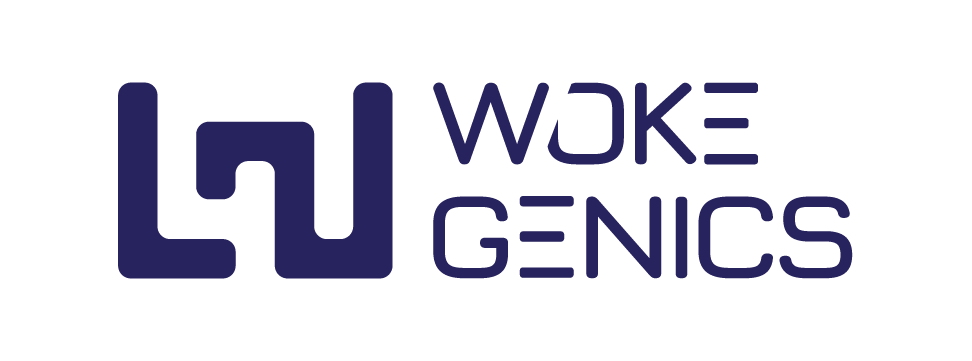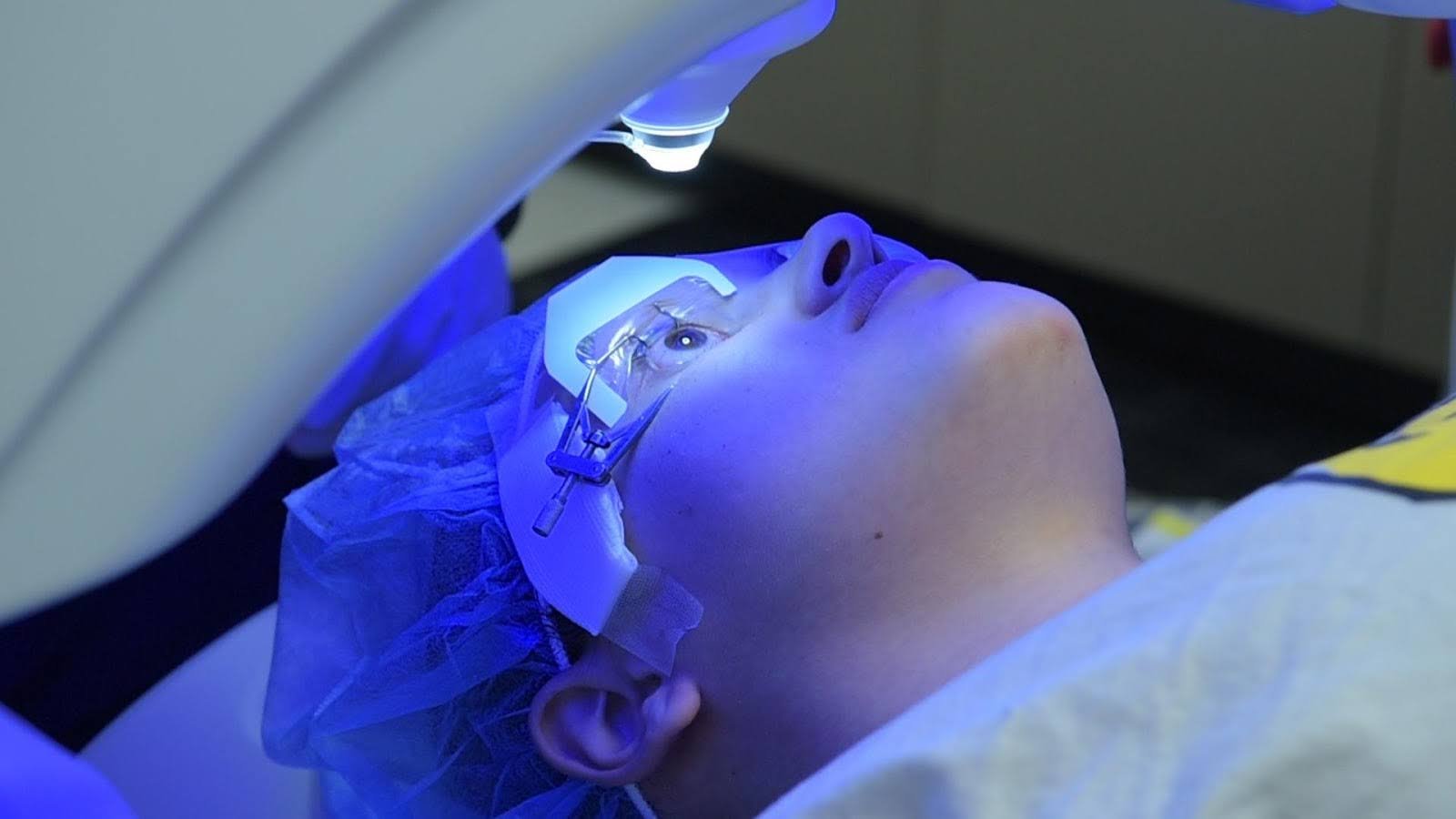Eye care innovators and the ones who rely heavily on glasses are witnessing a major eye-care revolution in the form of Robotic-Assisted Laser Vision Correction.
Let’s witness a journey that changed the lives of millions, quite literally, in the blink of an eye. It is more than just futuristic—it’s reality and in operation.
Laser Vision Correction – An Introduction
First things first. Let’s talk about laser vision correction itself. You have probably heard of LASIK or PRK. These procedures reshape the cornea using lasers to correct common vision issues, like nearsightedness, farsightedness, or astigmatism.
For decades, skilled surgeons have performed it manually using computer-guided lasers and tools. It’s safe and effective, as millions have already benefited from it. But like any technology, there’s always room to grow. That’s where robotics steps in.
How It Can Be Done Through the Assistance of Robots
Imagine combining the precision of lasers with the accuracy and steadiness of robots. That’s precisely what robotic-assisted laser eye surgery does. Instead of relying solely on human hands, robotic systems help guide the entire process.
So, how does it work?
During the procedure, a robotic arm, controlled by the surgeon, assists them in every step. From mapping your eye in ultra-high detail to aligning the laser perfectly, the robot ensures everything is done with microscopic accuracy. The surgeon is still there, always in control, but now with the help of a tool that doesn’t shake, blink, or fatigue.
Think of it like a co-pilot for your eyes. That too is a smart one.
The Benefits and Cons
Any new shift in the existing norm comes with its advantages and disadvantages. Let’s discuss them one by one:
Advantages
- Precision: Robotic assistance brings about unmatched precision. Even the smallest eye movements can be detected and adjusted in real time. This means better outcomes, sharper vision, and faster recovery.
- Human error: The chances of human error drop significantly. No matter how experienced a surgeon is, we’re all human. A robot, however, doesn’t get tired or distracted.
- Sense of Reassurance: Patients tend to feel more reassured knowing a high-tech system is triple-checking every step.
Disadvantages
- Cost: A full-fledged surgery sponsored by a robot will cost much more than a manual one. The price can be higher due to the advanced tech involved. And thus, it is far from the reach of a considerable mass.
- Issue of availability: Like with any new technology, not every clinic may offer it just yet. Few hospitals are well-equipped with such high-tech machinery, so it is inaccessible.
- Second thoughts: Some people might also feel uneasy about a robot being involved in something so delicate. That’s understandable. But it’s important to remember: the robot isn’t replacing the surgeon. It’s helping them do an even better job.
Manual Operations Vs. Robotic-Assisted Operation: The difference
Those who have been on both sides, i.e., watching the evolution of this tech and experiencing it firsthand, have witnessed that the difference is real.
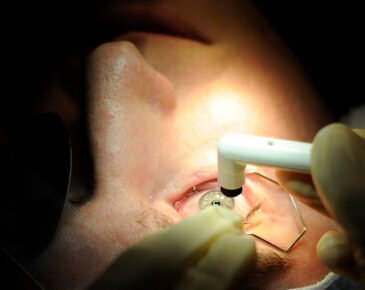
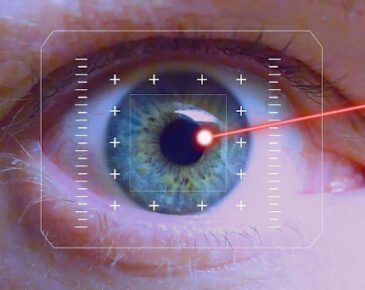
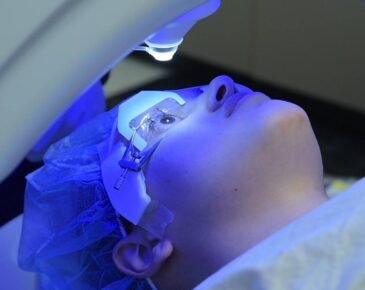
In a fully human-led surgery, everything depends on the surgeon’s hands, eyes, and experience. And while that’s still incredibly effective, robotic assistance adds an extra layer of consistency and precision. For example, even things like hand tremors or slight alignment errors—things that may not cause problems—are eliminated. Plus, the robot can instantly track and adapt to eye movement, which no human can do on their own.
So, it’s not about replacing the human element. It’s about enhancing it.
Consequences
The effect of this advancement is mixed, with both good and cautious ones.
The obvious positive is that more people have achieved near-perfect vision with lower risk and quicker recovery. Surgeons, too, benefit from less strain and more confidence in each procedure.
But, as more clinics adopt this, there could be a widening gap in access. High-end robotic systems cost more, which might make the procedures less accessible in some areas, at least for now. There’s also the matter of training. Not every surgeon is familiar with this technology yet, which could slow adoption.
And yes, there’s a psychological shift happening too. Some patients still prefer the idea of a skilled doctor guiding the entire procedure manually. It is perfectly fair. Trust and comfort matter most in any medical experience.
Conclusion
Making the final word, as a specsy, I’m genuinely thrilled!
To have lived through the early days of vision correction, to see now (literally and figuratively) where we’re heading, is nothing short of amazing. Robotic-assisted laser vision correction isn’t science fiction anymore—it’s science in action.
Now we can wake up, see the world with clarity, and know that the blend of human expertise and robotic precision made it possible. It’s a new chapter in eye care, filled with more accuracy, less risk, and a whole lot of potential. The future of vision is no doubt bright, and one can see it more clearly.
References:
https://pmc.ncbi.nlm.nih.gov/articles/PMC11210629/
https://www.mayoclinic.org/tests-procedures/lasik-eye-surgery/about/pac-20384774
https://en.wikipedia.org/wiki/LASIK
https://my.clevelandclinic.org/health/procedures/photorefractive-keratectomy-prk-eye-surgery
https://pmc.ncbi.nlm.nih.gov/articles/PMC5441978/
https://wokegenics.com/digital-health-trends-the-future-of-medicine/
